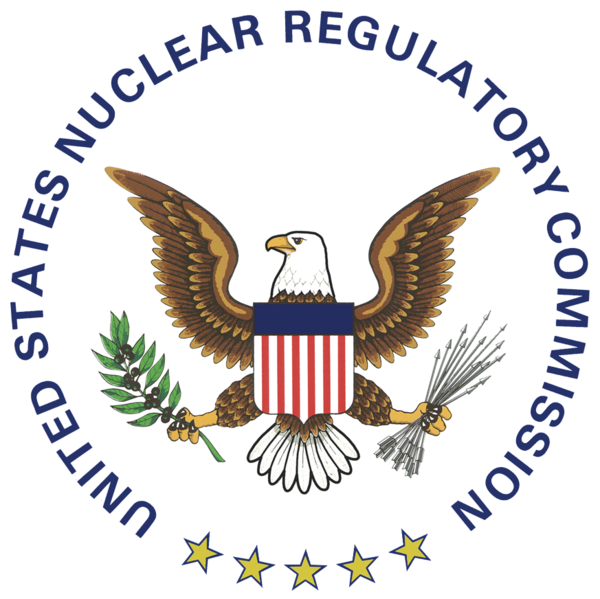Part 1 of 2 Parts
When discussing nuclear power, most of my blog posts have been about conventional commercial power reactors that operate in the gigawatt range. I have made some posts about a category of reactors known as small modular reactors (SMRs). This new type of reactor would generate less than three hundred megawatts. They would be built in modules in factories and shipped to their operating locations. Now I would like to focus on a third category of reactors that are called microreactors. These reactors would generate less than fifty megawatts.
Like the other categories of nuclear power reactors, microreactors would use the heat from nuclear fission to boil water to produce steam that would be used to turn turbines that generate electricity. Microreactors could be based on mature light water nuclear reactor designs or could employ more advanced nuclear technology just being developed. Many proposed microreactor designs suggest the use of uranium fuel that has been enriched to twenty percent U-235. This is referred to as high-assay, low-enriched uranium (HALEU). Such fuel is not currently commercially available in the U.S. There are concerns about safety and possible nuclear proliferation with this type of fuel. In order to create microreactors, there will need to be advances in nuclear technology such as improved cooling systems, better heat transfer systems and different approaches to managing the fission reaction because the microreactors will be much smaller than either conventional nuclear power reactors or SMRs. This reduced size will make it possible to transport microreactors by truck, train or cargo plane.
Microreactors are in the earliest stage of development. There are a variety of designs which vary in maturity. Before a nuclear reactor can be licensed and put into operation, there must be many years of close coordination between the reactor designers and agencies that regulate nuclear power.
The proposed technology to be employed in a microreactors determines how mature that approach is. Microreactor designs that utilize light water-cooling systems are the most mature because they are based on proven technology. Designing large conventional reactors can require more than ten years which includes at least three years for certification by the Nuclear Regulatory Commission. They cost at least a few billion dollars to construct.
Microreactors that incorporate more advanced nuclear technology such as liquid metal, molten salt or high temperature gas for cooling will need more design and certification work which will lengthen development time and cost more money. The nuclear industry must begin planning now for the future development of microreactors because of the additional time that development and certification will require.
Benefits of microreactors
Microreactor production should be faster, cheaper and more efficient than the production of conventional reactors. Due to the small size of the microreactors they can be built in factories in controlled environmental conditions and with sophisticated quality control procedures. By assembling microreactors in in a factory, the rate of production of microreactors could be increased, cost efficiencies could be created through economies of scale and the time required to install a microreactors in the field could be reduced. Steam turbines, generators and other necessary components could also be manufactured in a factory as modular units which could be installed on-site.
Microreactors could be rapidly deployed to areas hit by natural disasters where conventional electrical generation was disrupted. Having microreactors available would speed up the restoration of power after natural disasters. Critical services such as hospitals, communications and water purification could be quickly restored for local communities.
Microreactors will offer greater resiliency in the production and supply of electricity. The ability to rapidly transport and deploy alternate sources of power generation such as microreactors combined with local microgrids would allow isolated military bases, rural communities and remote commercial operations would allow these communities and installations to operate more independently than is now possible. This would be especially true during rapid establishment of military operations or after natural disasters have damaged power transmission lines.
Microreactors will provide for safer operations. Some microreactor designs employ passive safety system that will shut down the reactor automatically and safely if problems arise. Some microreactor designs can operate for ten years or more without needing to be refueled which will reduce the occurrence of accidents.
Please read Part 2 next
